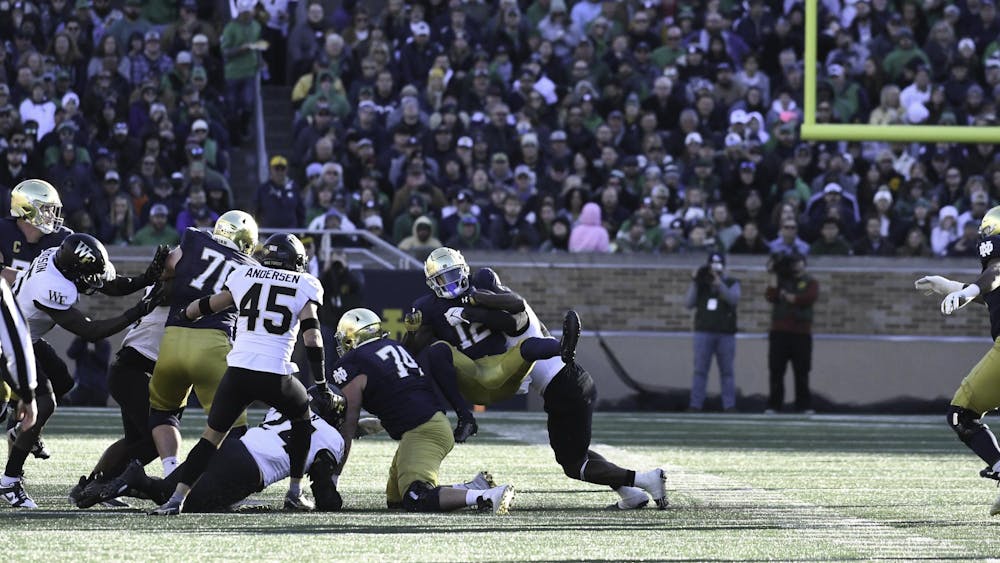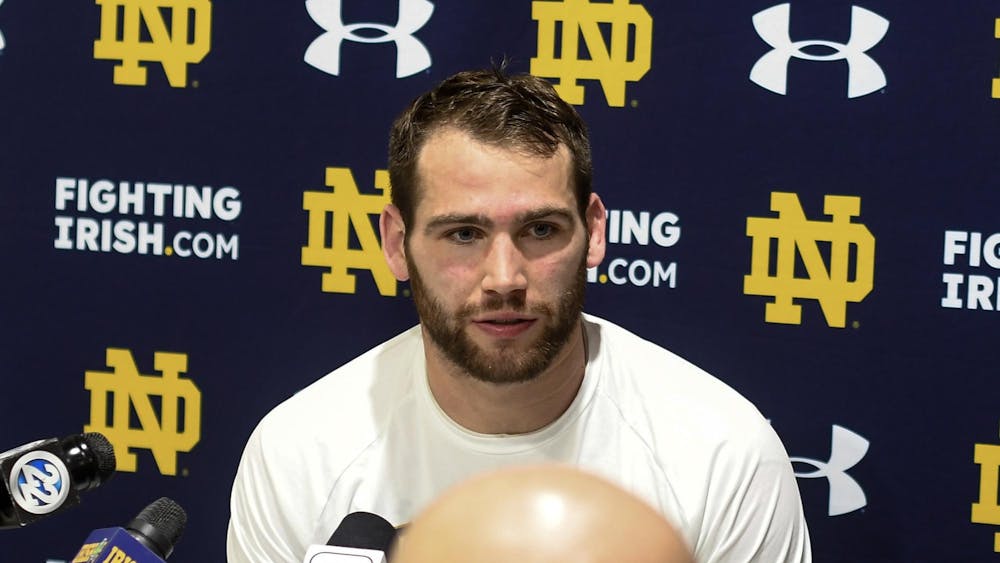With the inaugural College Football Playoff in the books and the Super Bowl two weeks away, the sports world finds itself in a bit of a lull.
Even Major League Baseball has been relatively quiet since the Winter Meetings concluded in early December, and spring training is still around a month away. Yesterday, however, things changed when the Washington Nationals inked Max Scherzer to a seven-year, $210-million mega-deal.
Over the last two seasons, Scherzer went 39-8 with a 3.02 ERA while striking out 492 batters. He won the Cy Young in 2013. He is one of the most durable pitchers in the game, having pitched 180 innings five years in a row. He makes the Nationals instant favorites to win the 2015 World Series. And yet, the Nats made a huge mistake by signing Scherzer.
Let’s first look at the history of hurlers getting nine-figure contracts. Scherzer’s contract falls just shy of the top pitcher on the list, Clayton Kershaw and his $215 million. Kershaw signed the deal last offseason, so it’s too early to tell if the Dodgers made a good deal.
The Tigers, Scherzer's former club, gave Justin Verlander $180 million, and he has returned the favor with a .538 win percentage and a 3.99 ERA over two years. If Verlander stays on this course, the Tigers are tied to a pitcher that is average at best until he is 37, all the while paying him $20 million per year.
CC Sabathia was given $122 million over five years and over his last 40 starts has posted a 4.87 ERA. Johan Santana, he of the $137.5 million deal, has been non-existent and missed two full seasons due to injury. Barry Zito (63-80, 4.62 ERA) has been nothing short of awful in his seven years with the Giants. Cliff Lee — another bust. And who has even heard of Kevin Brown?
Sure, there are exceptions to the rule — Cole Hamels and Felix Hernandez come to mind. But the vast majority of $100 million-plus pitchers have crippled their respective teams and their payrolls. I can’t think of one reason why the Nationals should have pulled the trigger on Scherzer. They should be worried about locking up their homegrown stars — Jordan Zimmermann, Ian Desmond and Stephen Strasburg are all valuable commodities. In this day and age of baseball, it is just not a smart move to let stars hit the open market and try to sign 30-year-olds to massive deals in free agency.
Another mistake the Nationals made in the Scherzer deal was deferring half of his salary. Although he will only play for the team for seven years, the Nats will pay him $15 million annually for 14 years. I don’t know about you, but I’d prefer to just pay the guys that are on my team. After seven years, the Nationals will be paying Scherzer to either suit up for another club or to sit on his couch and count his millions.
I’m sure the Nationals are looking at the deal as a win, as they get to keep a lower payroll in the short-term and still have some flexibility in free agency in the future. But there is another problem with the deferred money — for seven years after the deal has expired, the Nationals will be eating $15 million per year that they could be spending elsewhere. That’s a lot of dead money for a team that is already against its spending threshold and cannot come close to competing with the Yankees, Red Sox, Dodgers and others when it comes to big salaries.
What this comes down to is a win-now move for the Nationals. Scherzer gives them by far the best starting rotation in Major League Baseball, one that includes four All-Stars and a No. 5 starter (Gio Gonzalez) who could be an ace for some teams. They will be scary good. Still, Scherzer is an unneeded risk for a team that was already widely considered to be World Series favorites. What about the next six years of his deal, or the seven after that?
The Nats are all in for 2015, but beyond that, things look a lot less clear — and maybe a little gloomy.













